Apart from cementitious tile grouts that are commonly used for construction and renovation, another option is epoxy tile grouts. Epoxy tile grouts, by nature, have extremely low water absorption, is more resistant to stain and unlikely to promote mould growth. However, dirt can still accumulate on grout surface, though it can be cleaned off with scrubbing.
There are performance standards for epoxy tile grouts. They are classified RG according to BS EN 13888 and ISO 13007-3 standards.
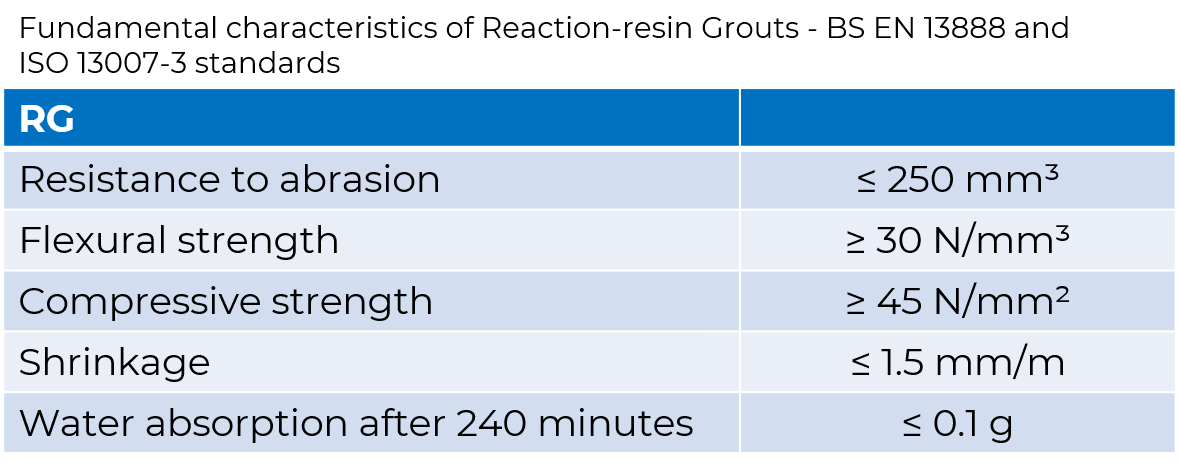
Marble glue is an adhesive compound that is used to fill crevices or cavities of marble, granite and other stones. It may not possess the properties of a “reaction-resin” grout, class RG, in accordance with the standards. Marble glue is rigid by nature and may not have the physical properties required for the joint. Mapei’s Kerapoxy Easy Design belongs to class RG and meets the performance requirements in the standards. Kerapoxy Easy Design can be applied to joints in internal marble flooring and a nice seamless finish can be achieved after a polishing process.
Setting time
Epoxy grout has shorter working time and sets faster than cementitious grout. Once the components are mixed together, the chemical reaction of the product starts to take place. Therefore, mixing the product in smaller quantities in its pre-measured ratios is recommended and to use up the epoxy mortar mix within 30 minutes of the mix.
Tile surface
Tiles with textured surface may be harder to clean as the resin can be trapped in the recessed parts during the application. The cleaning process will require a scrubbing pad and water to loosen the mortar and then wipe off with a special sponge. The process is to be repeated until the surface is clean.
External areas
When applying epoxy grouts on external areas, one must be mindful of the ambient temperature. On a sunny day, the epoxy grout will dry up much faster than usual. It makes cleaning difficult and may result in residue stains. It is generally not advisable to use epoxy grouts for external areas. However, when using epoxy grouts to fill tile joints in swimming pools, application must be done under shelter.
Epoxy tile grout works differently from cementitious grouts (know their difference in “Types of Grouts for Tile and Stone works”). The application of epoxy grouts requires an experienced tradesman. It is easier to get it right the first time than to rectify issues after it has occurred.
Below are the recommended application methods for applying epoxy grouts:
 |
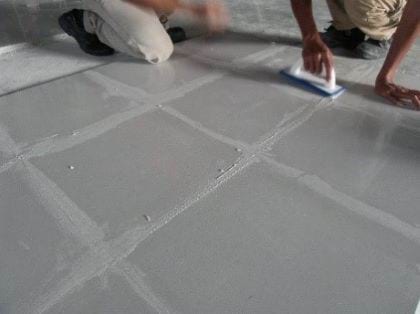 |
|
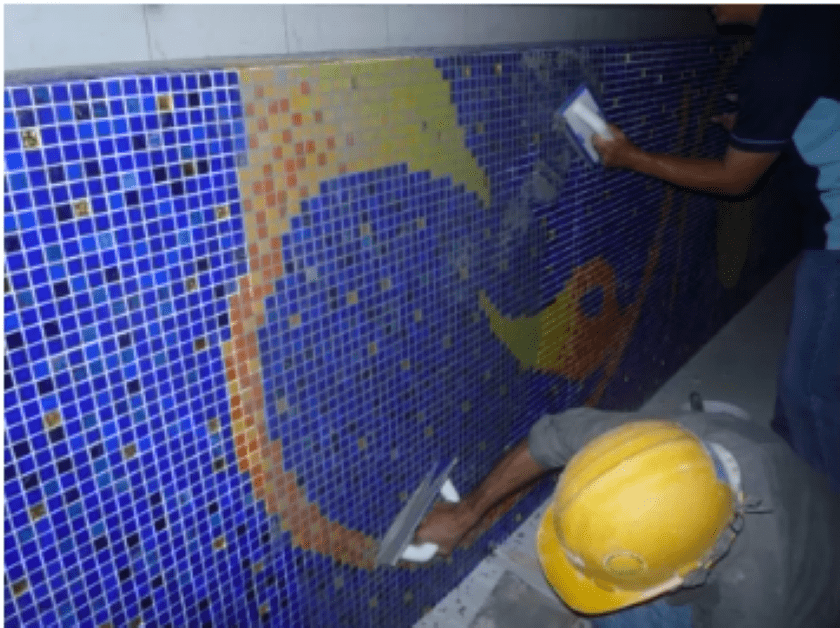 |
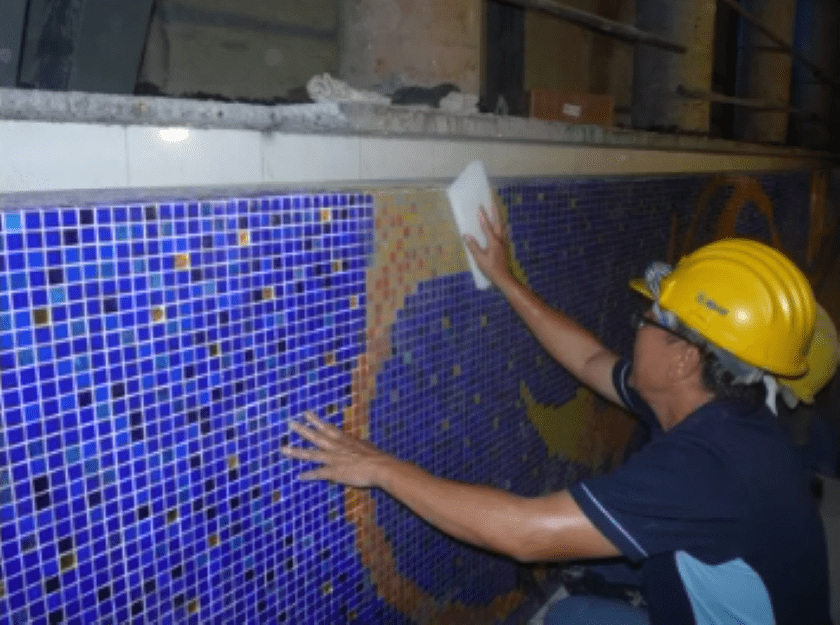 |
 |
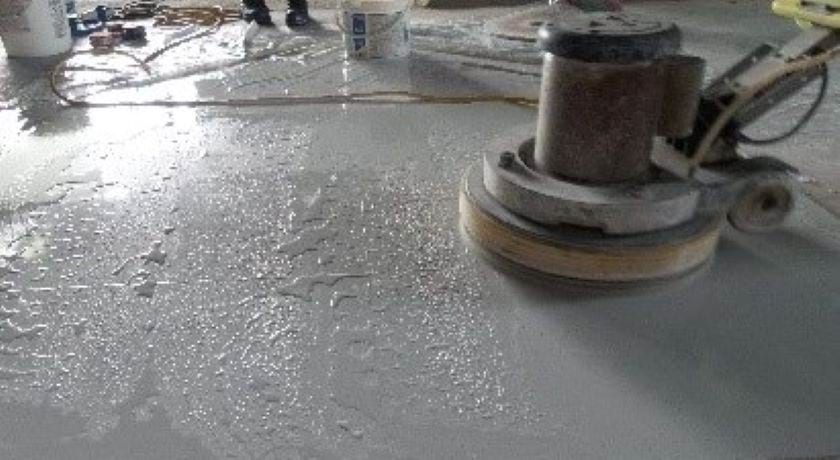 |
Epoxy grout is a practical, easy to maintain and long-lasting tile grout solution. Remember these tips when doing your own tile grout or get the service of a professional builder for a satisfying outcome. Browse for more practical tips and guides for your renovation and building works at Mapei or contact us through +65-68623488 for your inquiries and concerns or fill up our enquiry form on our contact page.
____
About Mapei:
Founded in Milan since 1937, Mapei is today a world leading producer of adhesives and complementary products for the laying of all types of floor, wall and coating materials. Mapei’s specialty lies in products for ceramics and stone materials, among other product lines. Mapei’s adhesives for tiles and stones are certified according to international standards and are SGBC certified. Experience proven by numerous notable projects worldwide.
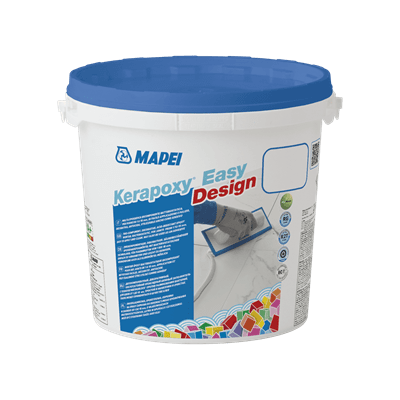
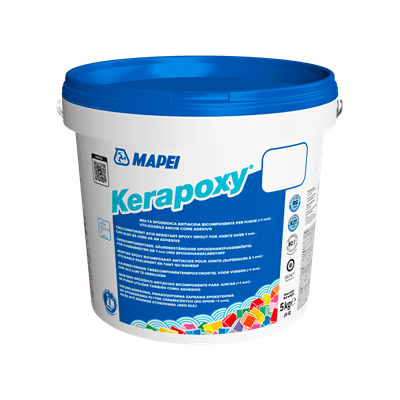
September 11, 2020. 8:59 AM
May 28, 2019. 2:31 PM
August 7, 2020. 4:57 AM
October 28, 2020. 2:19 AM
